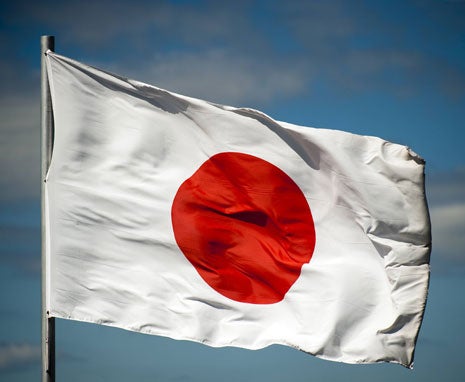Japanese gross domestic product (GDP) fell for the third straight quarter (October–December) and was essentially flat for 2012 as a whole. This continues two decades of stagnation in annual output—Japan’s annual GDP in 2012 is essentially the same as 20 years ago.
Stagnation is part of what motivated new Prime Minister Shinzo Abe to borrow yet more money and demand an even looser monetary policy from the Bank of Japan. But “Abenomics” treats the symptom rather than the disease and is doomed to fail.
Abe’s strategy is, mistakenly, tailor-made to boost GDP for a short period. Despite the abysmal results brought by government debt accumulation, Japan is going to add to its mountain of bad debt, apparently hoping the 15th time is the charm.
One of the remarkable aspects of the sequence of failures is that government borrowing (rather absurdly) adds dollar for dollar to GDP, regardless of how it is used. This is due to the definition of GDP. Japan has racked up an annual average of close to 3 percent of GDP in new debt since 1996. Yet growth was still non-existent because household consumption hasn’t budged since 1996 and private non-residential investment is smaller than it was in 1994. The multiplier from government borrowing is zero.
Rather than trying to create conditions for strong private consumption and investment, Abe’s predecessors chose to try to mask the problems with borrowing. At first, this was just misguided. GDP does not mean anything in itself—it’s merely an accounting device, a scale, and only one of many. A policy of just bolstering GDP will be, at best, wasteful.
Sadly, the situation has deteriorated. Now the single biggest reason why Japanese private consumption and investment are weak is that government borrowing has hollowed out the economy.
Japan rose for four decades on the back of household saving and a corporate sector that was increasingly competitive internationally. Now household saving goes straight into government spending that has no economic return and the corporate sector is fleeing Japan for environments that have more to offer than public finance. The fiscal component of Abenomics will only make matters worse.
The monetary component is similar, though not quite as stark. The main short-term impact of looser money has been to drive down the yen, which makes Japan’s exports cheaper and imports more expensive. This will boost GDP for a bit, but it will not boost the economy.
Like government borrowing, exports add dollar for dollar to GDP. Imports subtract dollar for dollar from GDP, despite offering huge benefits to consumers and overall economic efficiency by boosting competition. Japan has long been obsessed with exports and has discouraged imports. This has inflated GDP but it has harmed genuine prosperity.
The outcome is that the world’s third-largest economy, and formerly second-largest, has come to rely on others for any prosperity it might achieve. This made perfect sense in the 1950s, but was revealed as painfully flawed in 1997 and 2008 during the Asian and global financial crises. Looser money and a weaker yen may offer temporary gains to certain firms but will harm consumers in the short term and Japan as a whole in the long term.
2012 Japanese GDP was weak, as expected. The bigger story is that the initial policies of the Abe government will not deliver sustained improvement in true economic fundamentals.
